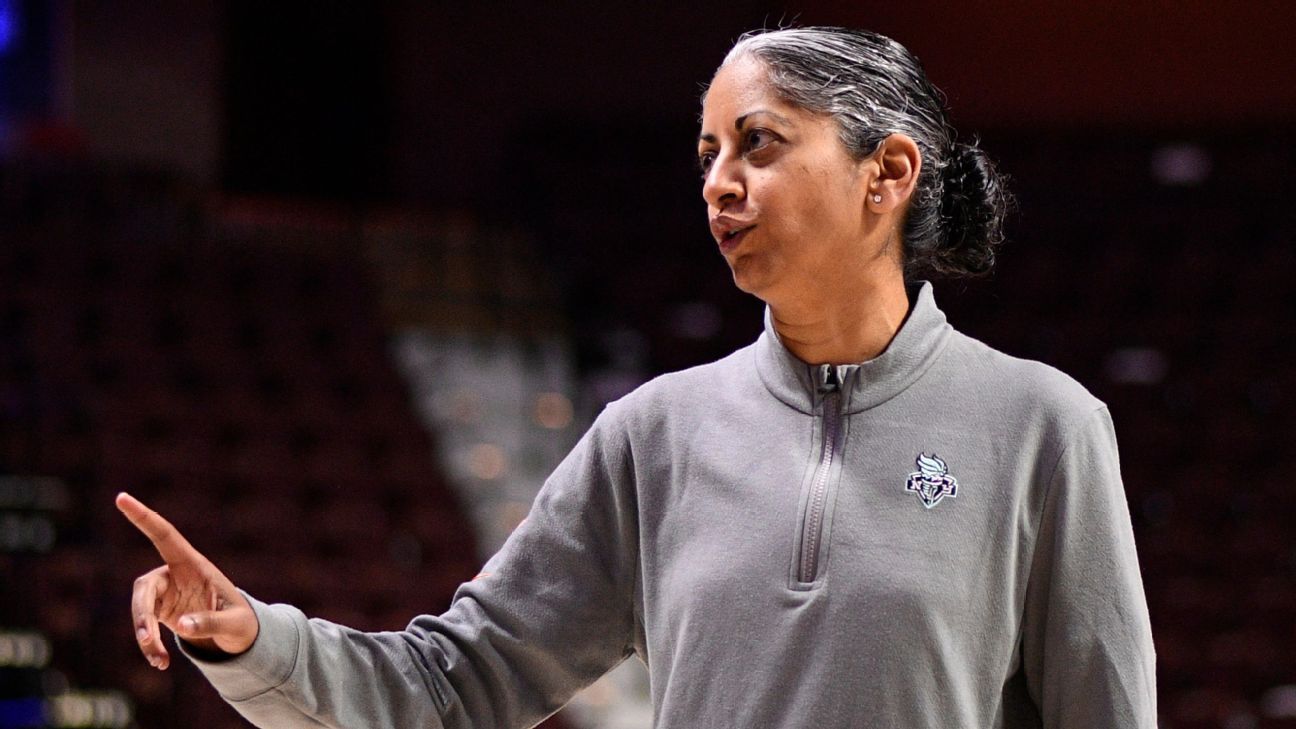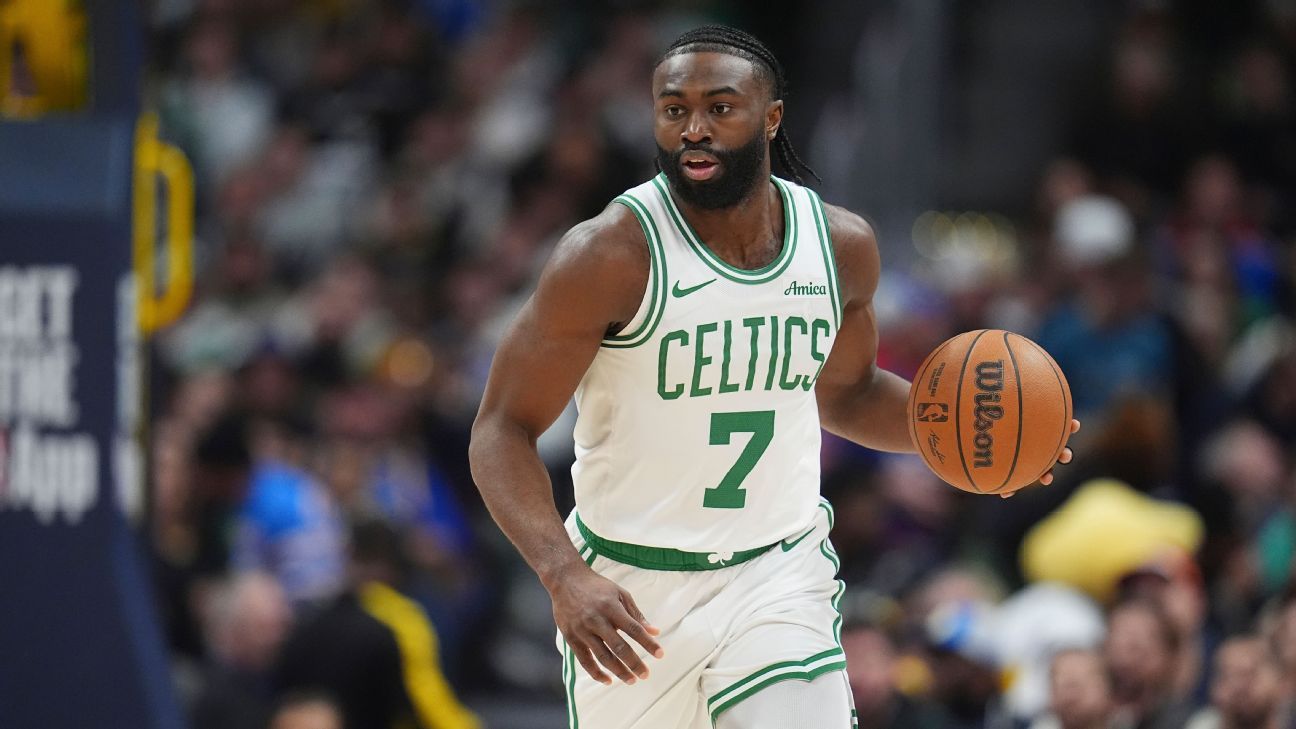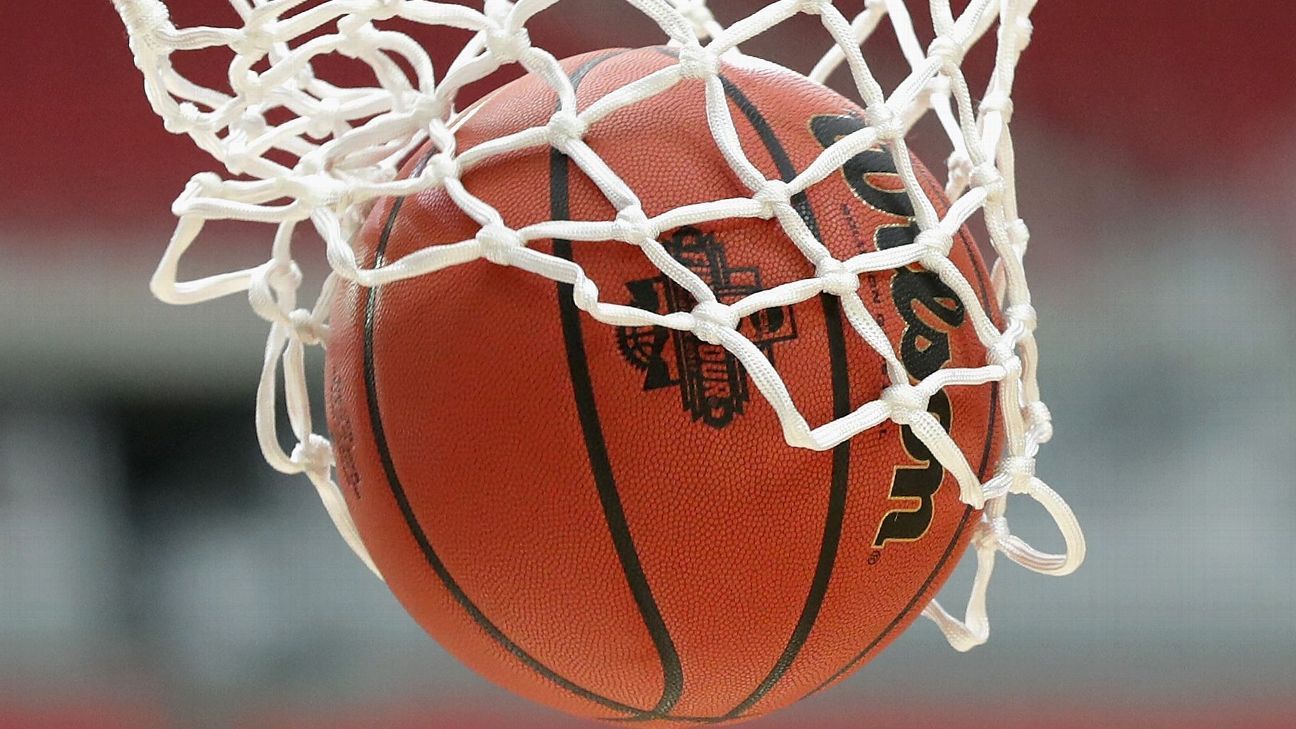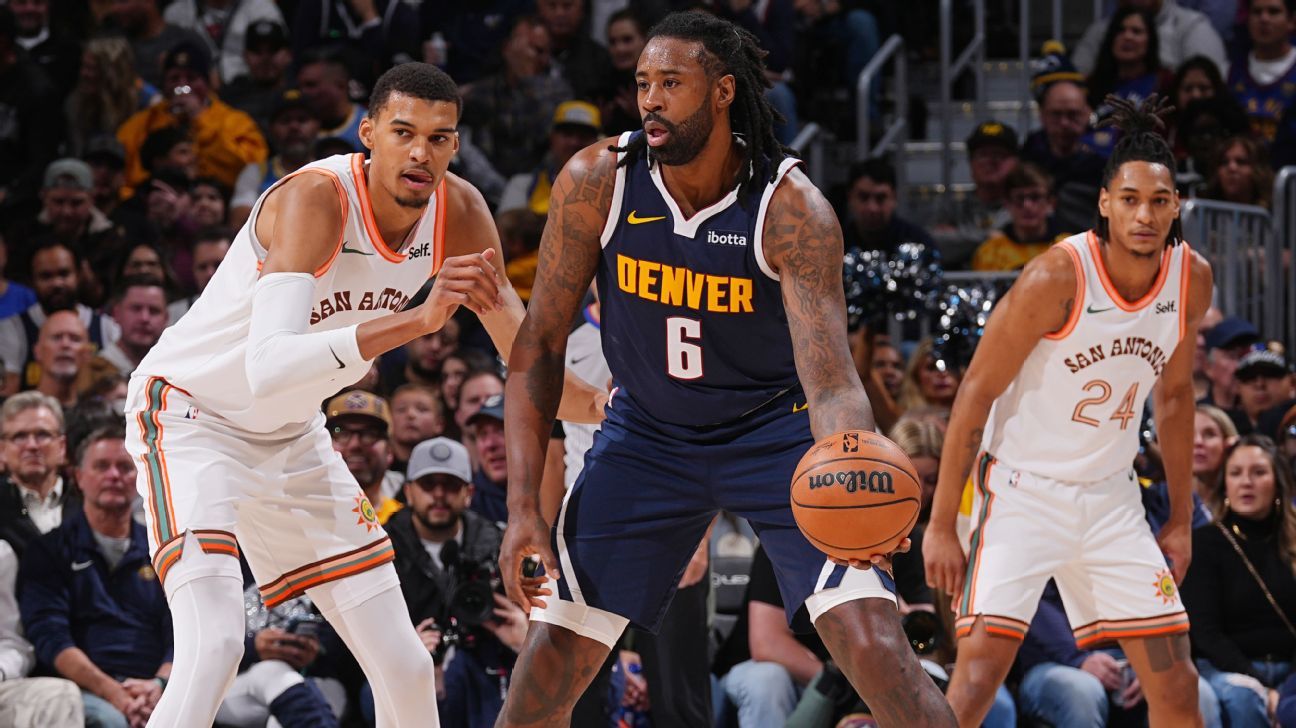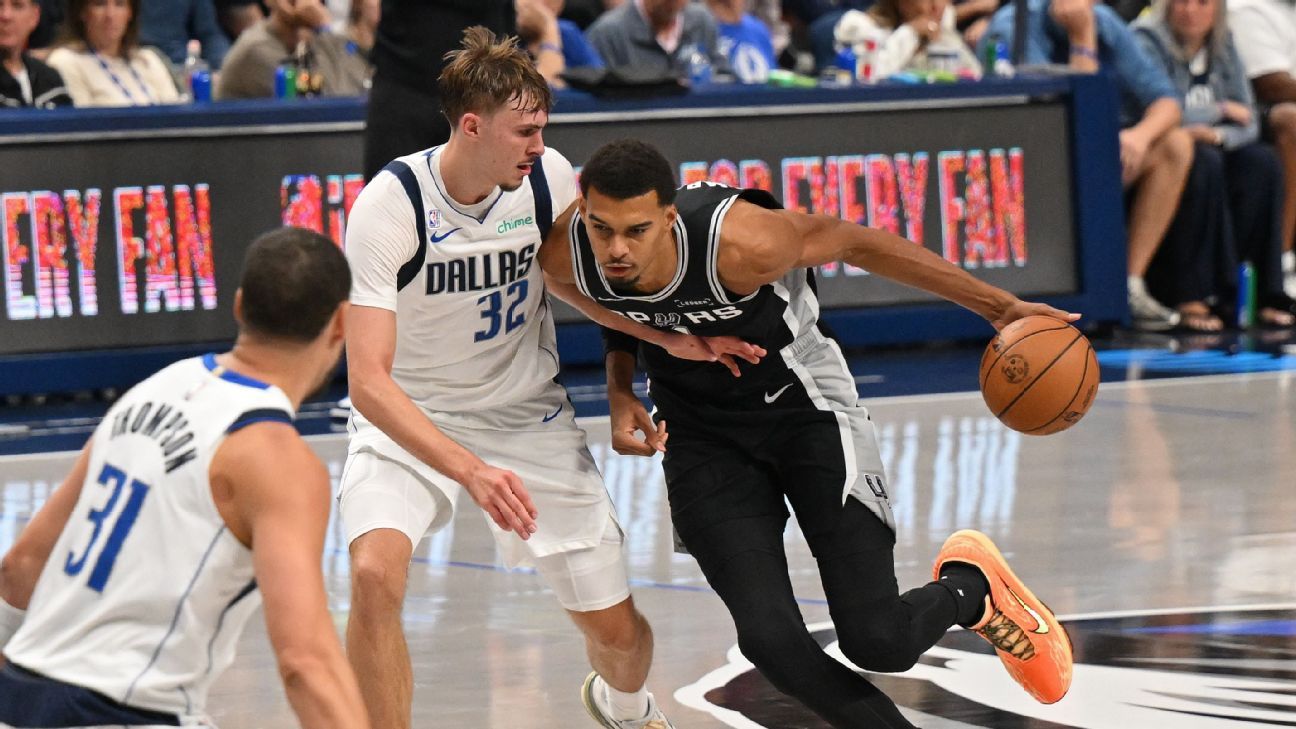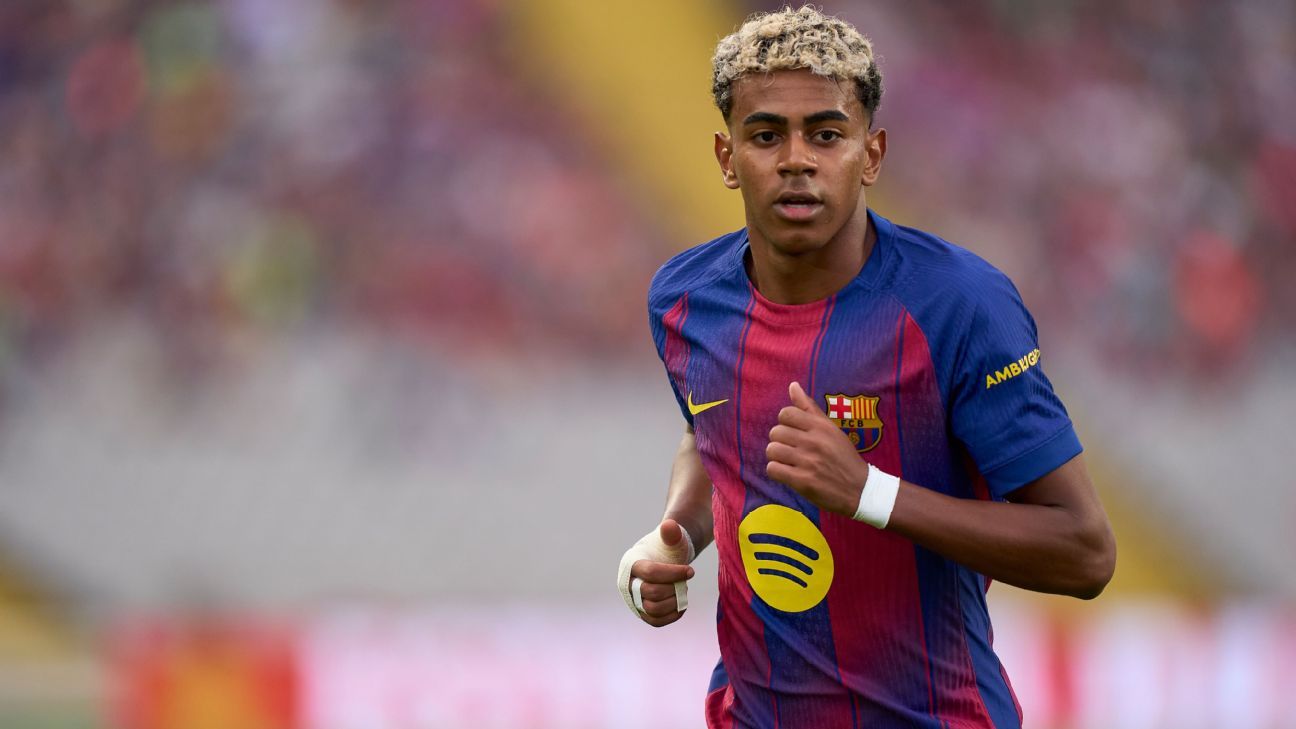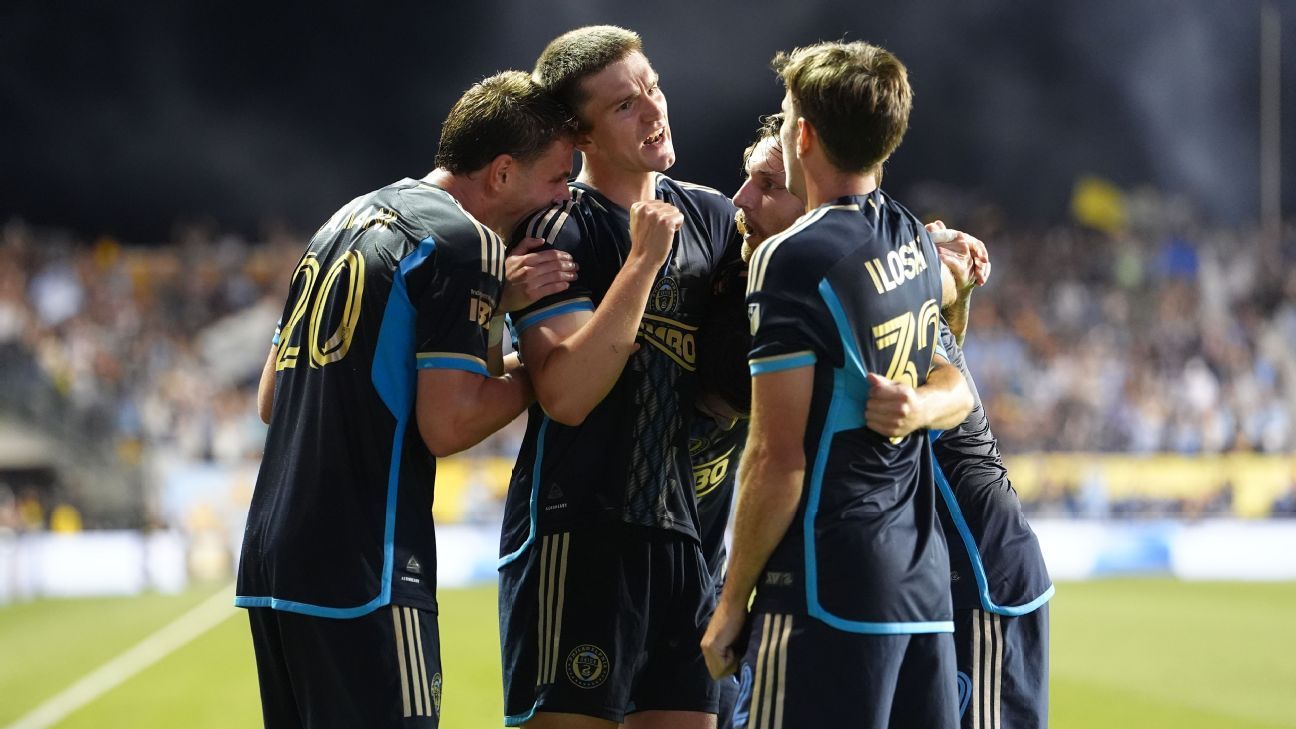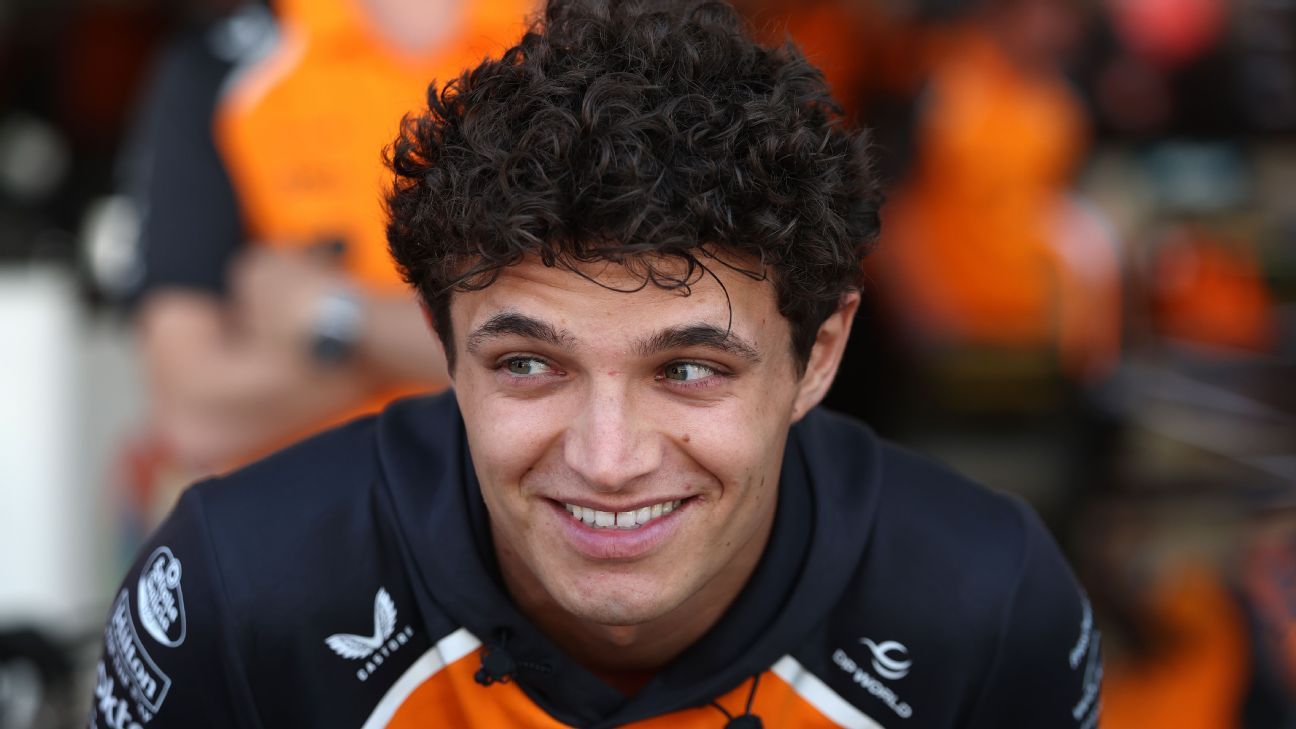On Oct. 20 of last year, college football's first two firings unfolded with little fanfare -- East Carolina let go of Mike Houston and Southern Miss dismissed Will Hall.
By that date in 2025, there already were 11 programs -- including seven major conference teams -- that dismissed their coach.
Those seven openings far outpace the final statistics from 2024, when just three coaches were fired for performance -- Purdue's Ryan Walters, UNC's Mack Brown and West Virginia's Neal Brown.
Since this season started, there have been six firings at major conference schools -- UCLA, Virginia Tech, Oklahoma State, Arkansas, Penn State and Florida. (Stanford's firing of Troy Taylor came after off-field tumult this offseason.)
So, how did we get to the point where there are 11 open jobs on the 2025 calendar -- including UAB, Oregon State, Kent State and Colorado State -- before the first open job in 2024?
There's a confluence of factors that range from the slow power conference cycle in 2024 to the professionalization of college programs demanding instant results. (One industry source said jokingly that Curt Cignetti's instant success at Indiana ruined the expectation curve for all coaches.)
How crazy will this cycle get? One industry source summed it up this way: "There's not enough good coaches to fill all of these spots. It's never a good year to be in the market, but especially not this year."
We dove into the numbers and asked industry sources how they see it playing out, as the busiest and most expensive coaching carousel in the sport's history looms.
Could this be the busiest coaching carousel ever?
In short, yes. Especially with the early flurry of Power 5 jobs.
Comparisons are tricky because of conference realignment and variables like season-long interim coaches. But the most major conference jobs open in a recent season happened in the 2021-22 cycle, when there were 14, per ESPN Research. That cycle included USC (Lincoln Riley), LSU (Brian Kelly), Notre Dame (Marcus Freeman), Florida (Billy Napier), Miami (Mario Cristobal), Oklahoma (Brent Venables) and Oregon (Dan Lanning).
This year is shaping up to rival that, as in the modern era, this is the earliest we've seen seven power conference jobs open.
Also on the radar are Auburn, Florida State and Wisconsin, with the latter two schools issuing statements about the futures of their coaches this week.
There are also eyes on Deion Sanders' health at Colorado, Kyle Whittingham's potential retirement at Utah and Bill Belichick's struggles at UNC. Kentucky is 0-4 in the SEC under Mark Stoops, but the Wildcats would owe him nearly $38 million within 60 days of firing him.
And there are still six weeks left in the season. The legacy of Franklin's firing at Penn State is that nearly every coach is a three-game losing streak from his job being in trouble. So, don't be surprised if another school or two finds its situation untenable as the losses pile up. And never rule out a surprise retirement or two, as we've seen veteran coaches monitor the landscape and head off to their beach houses in recent years in college football and basketball.
Combine current openings with potential ones and the inevitable dominoes of hiring away sitting coaches from other power conference jobs, and it's clear that the recent benchmark of 14 power jobs from the 2021-22 cycle and 2015-16 cycle will be threatened. (That number is 15 in 2021-22 if you count SMU, which has since moved to the ACC, and 16 in 2015-16 if you count UCF and BYU. College sports never makes these things easy.)
From a pure numbers standpoint, we're likely amid a historic three-year run. The NCAA keeps annual tabs on new coaches in the FBS, and the past two cycles have been the first time in college football history, per the NCAA, that at least 30 new coaches have arrived in back-to-back years.
There were 32 to start the 2024 season, and there were 30 to start this season. The only other time in the FBS era there have been more than 30 is 2013, when there were 31 new coaches, good for a record 25.2% turnover.
That 30-coach benchmark appears likely to be eclipsed again. Even with a handful of duplicate jobs those years, it means somewhere over 60% of the sport is destined to turn over in three years.
How large will buyouts loom?
For decades, coaches were the largest talent expense for a program. And because of the competition to hire and retain them, it became standard practice for schools to offer lengthy guaranteed salaries.
And that has led to piles of dead money being paid to coaches. An ESPN study found $533.6 million in dead money in athletic departments for coaches over an 11-year period from Jan. 1, 2010, to Jan. 31, 2021. There's already more than $100 million in buyout money owed this year, although many contracts are subject to offset and mitigation. (If Franklin gets a job for $25 million over five years, for example, that would be subtracted from the $49 million he's owed through the 2031 season.)
But there are also a few more big figures potentially looming -- Mike Norvell's $58 million with Florida State, Freeze's $15 million with Auburn and Luke Fickell's more than $25 million with Wisconsin. Those will factor into decision-making at those schools.
As another industry source adds: "Look at the candidate pool. If it's close and you think you might have the right guy, you don't go in."
What became apparent through calls this week is that the fervor over coaches is unlikely to translate to changed behavior in contracts. Restraint and discipline don't often coincide with desperation.
Could a coach who makes the playoff jump to a new job?
Technically, sure. But in reality, that would be a hire that redefines awkward. ESPN spoke to a half a dozen sources about this, and the answers vary. With the transfer portal not opening until Jan. 2, there's certainly a chance that a school could wait out a playoff coach.
But two looming factors would be difficult to overcome, even if there's a proverbial "deal in the drawer" that a coach has agreed to in advance.
The first is that the coach would put his current team's title hopes at risk, as his team would be suspicious if a major job remained open and he dodged answers about it. (Not to mention, didn't sign a new deal with his current school.)
The second is simple -- what happens if a coach wins a few games? A coach could play in the first round Dec. 19 or Dec. 20, lose the game and leave a day or two after to set up his roster in time for next year. But a win or two could extend his season into mid-January, and any athletic director who waits a month and doesn't have a coach in place for the start of the portal would get squeamish.
"The tough part will be, if you have that search open, how do you keep it quiet?" an industry source said. "You're going to have to keep a process going. The only way I see it happening is that school would have to keep a search going all that time."
The portal might officially open Jan. 2, but most deals will be done long before. Even with a strong general manager at a program, the ambiguity would undercut the first year's roster tremendously.
Essentially, the coach and school would have to announce that he's leaving. The coach would then coach out the playoff, with the idea that the players are all free agents at the end of every season. It would be awkward and heavily criticized, but that might be the only option.
So, if a program wants a coach projected to reach the playoff -- think Ole Miss' Lane Kiffin, USF's Alex Golesh or Georgia Tech's Brent Key -- there would be some hard conversations.
Who are the big names who could move?
Kiffin and Nebraska coach Matt Rhule will be the biggest names looming over the carousel, as they are the speculative favorites for the jobs at Florida (Kiffin) and Penn State (Rhule).
There are three former power conference coaches who could factor into the major jobs this year -- former Northwestern coach Pat Fitzgerald, former Wake Forest coach Dave Clawson and former Florida State/Texas A&M coach Jimbo Fisher. The opportunity to go early and avoid the dangerous game of musical chairs may make those coaches attractive.
There are plenty of sitting power conference coaches who'll generate interest and could move.
In the ACC, SMU's Rhett Lashlee, Georgia Tech's Key ($4 million buyout), Louisville's Jeff Brohm ($1 million) and Cal's Justin Wilcox ($1 million to leave after regular season) all have been bandied about.
In the Big Ten, Rhule, Minnesota's P.J. Fleck and Washington's Jedd Fisch are being discussed. (Rhule's buyout is $5 million, Fleck's is $5.5 million and Fisch's is $10 million.)
In the SEC, Missouri's Eliah Drinkwitz's buyout drops from $5 million to $4 million after Dec. 1. Clark Lea has Vanderbilt 6-1, and the Commodores are the toast of the country this year. South Carolina's Shane Beamer ($5 million buyout) will remain a name at Virginia Tech until that job is filled.
In the Big 12, the buzziest names are Iowa State's Matt Campbell ($2 million buyout), ASU's Kenny Dillingham ($4 million) and BYU's Kalani Sitake (unknown).
Any of those would create further ripples.
How did we get here?
Well, everything changed. So, it makes sense that the coaching cycle would, too. There will be PhD projects and books written about the past handful of years in college athletics.
If you consider the entire player procurement and payment model being overhauled, it makes sense that there's constant turnover on the landscape.
And with bigger investments by schools come more urgency for results. And acquisition mistakes are magnified because they come with an actual price tag.
"I think in the last three or four years, because of NIL, I just think it's changed so much," an industry veteran said. "If you're going to lead a bunch of 18-to-23-year-olds, the relationship part is so different now that money is involved. Coaching and getting the most out of kids is so different because of the financial implications."
Combine that with bosses stressed over money and boosters having more sway because they are footing the NIL bills, and the coaching market is haywire. Another industry source joked that "every school's Cody Campbell" now has bigger sway in hires, referencing the ubiquitous Texas Tech booster.
With investment and uncertainty on parallel tracks, it only makes sense that volatility follows.
Marisa Dowling contributed to this report.

